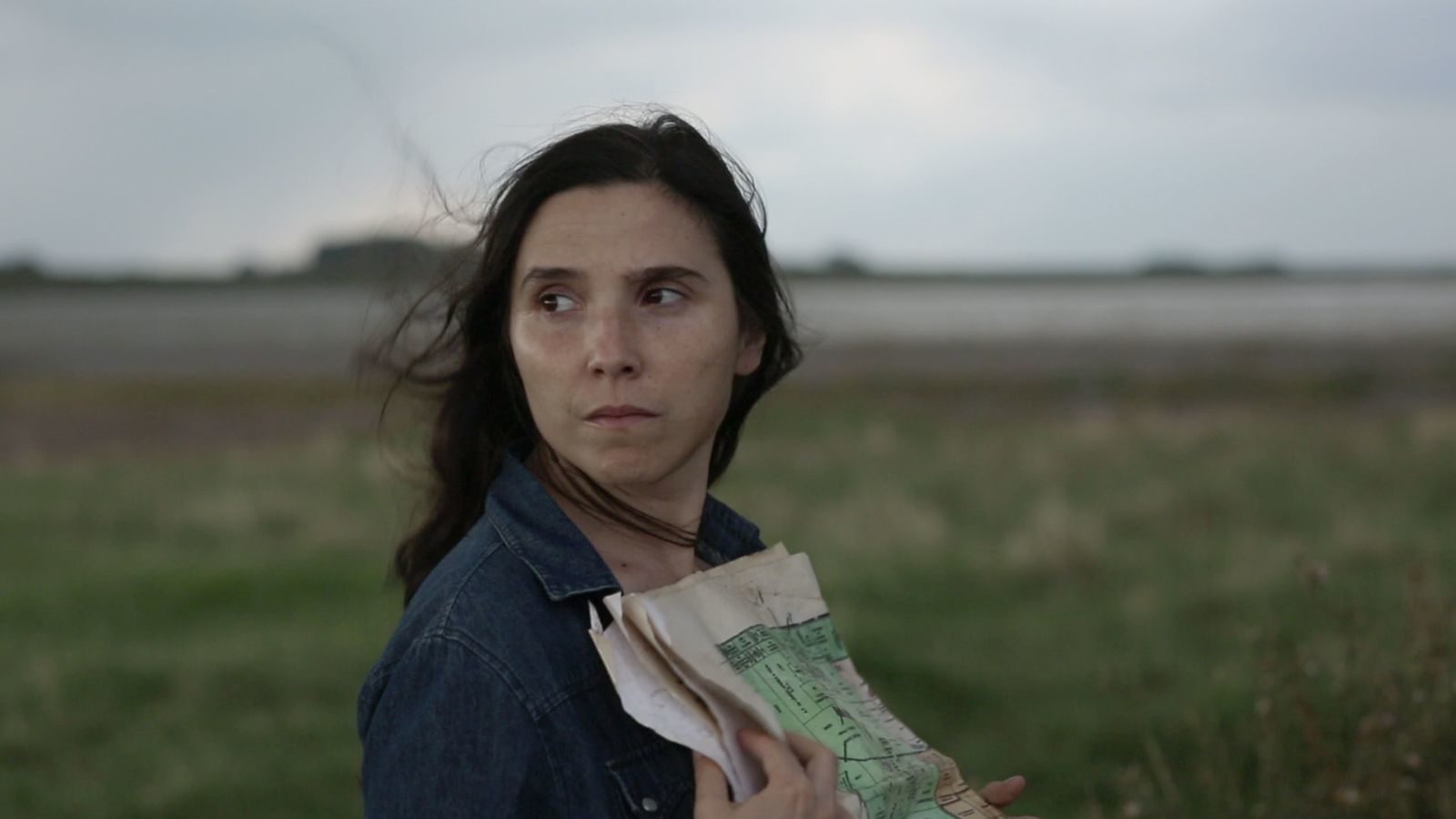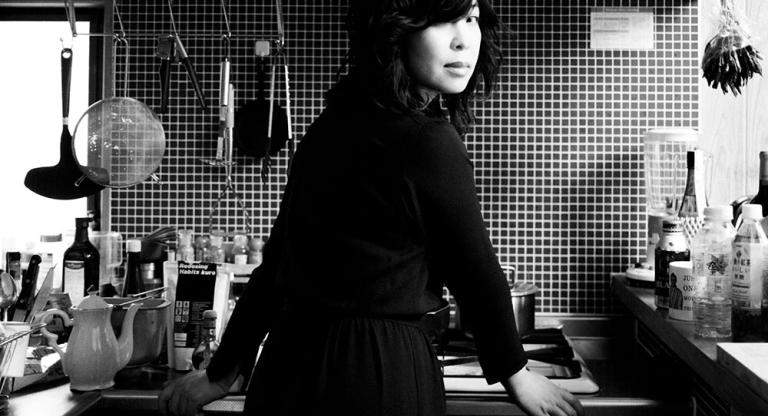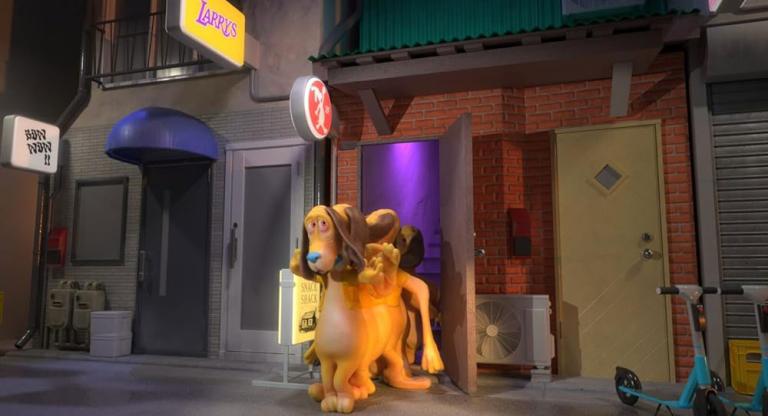A large-scale epic on a small-scale canvas, Laura Citarella’s Trenque Lauquen (2023) is a brain-teaser of a film, a baroque shrine to the endless possibilities of storytelling that’s as focused on grand gestures of narrative dexterity as it is on observational studies of mundane details. At the core of the film is the mystery of a missing woman, Laura (Laura Paredes, also the film’s co-writer), and the attempts by her husband, Rafael (Rafael Spregelburd), and lover, Ezequiel (Ezequiel Pierri), to find her in the small town of Trenque Lauquen, Argentina. With clear nods to Antonioni (the first chapter is titled “La Aventura”) and Otto Preminger’s Laura (1944) Trenque Lauquen weaves a metaphysical mystery on the fungibility of identity and the nature of storytelling itself.
A semi-sequel to—or perhaps remake of—Citarella’s earlier Ostende (2011), which also featured Laura Paredes listlessly wandering around a colorless small town in the Buenos Aires province, Trenque Lauquen carries over the paranoia, hazardous curiosity, and unstated romantic longing which defined the character of Laura in the previous film. A botanical researcher and radio host, the Laura of Trenque Lauquen is both the mysterious, absent center of the film and the jumping-off point from which the film’s myriad stories explode out. The closer the film brings us toward solving the mystery of Laura the further it also drags us into the labyrinthian tales that spin endlessly outward from her character: cryptic markings in library books leading to a secret trove of love letters; an eco-terrorist couple embroiled in a sci-fi conspiracy plot. The result is a head-spinning game that interrogates our desire for understanding and the fundamental fantasies underpinning storytelling.
The words trenque lauquen roughly translate from Mapuche as “round lagoon” which provides an apt visual analogy for the film’s often circular and depthless movements of plot. Told in 12 chapters across two parts, the film moves in starts and stops, pushing forward one moment then jumping back the next as it segues toward side-characters or new folds in the narrative. These circular movements also often produce doubling effects as the film returns to certain key images, while each time providing it with a different context and rearranging its emotional possibilities. The effect is usually subtle, but works to a sense of perpetual discovery across the film as familiar ideas and characters continually breed new meanings.
All this yarn-spinning finds its antithesis in the film’s observational style. Sustained bouts of silence and contemplative, minutes-long landscape and portraits photography are given precedence over dramatic conflict and plot movement. Again and again, the film puts aside its plot in favor of long car rides circling the town of Trenque Lauquen, taking in the grayish sights through the dashboard window and allowing mystery to build organically through idle curiosity.
It would be remiss to talk about Trenque Lauquen without mentioning its cinematic cousin, Maraino Llinas’ 14-hour-long La Flor. Beyond sharing editors, cinematographers, composers, producers (including Citarella herself), and a star—Laura Paredes—the films also share a predilection for genre-hopping, open-ended tales within tales. Both are the work of El Pampero Cine, an Argentine film collective founded in part by Llinas and Citarella that has been waging a mini-revolution in film production and distribution against the dictates of the dominant international festival and financing systems.
Trenque Lauquen screens through April 27 at Film at Lincoln Center. Director Laura Citarella and star Ezequiel Pierri will be in attendance this afternoon, April 22, for a Q&A.



